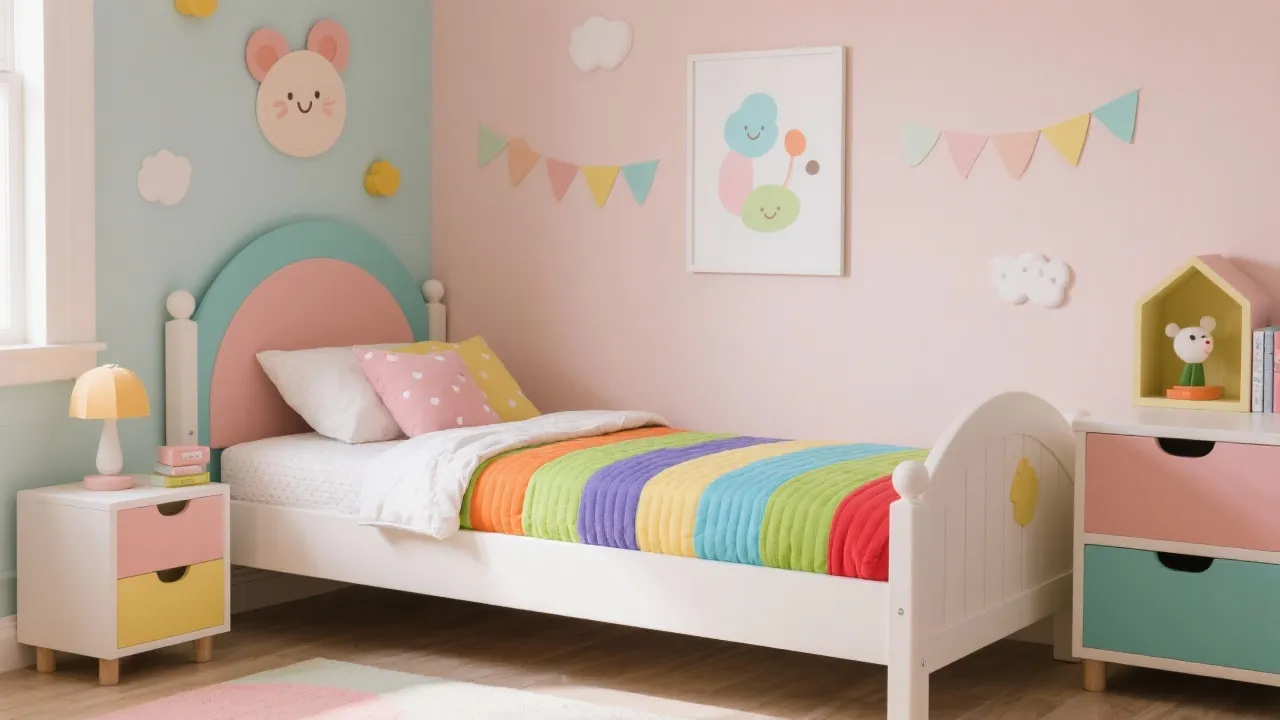Selecting the right junior bed mattress is crucial for your child's comfort and growth. With various options in the market, from memory foam to natural latex, it's essential to consider factors such as support, material, and hygiene. A well-chosen mattress not only enhances sleep quality but also promotes healthy skeletal development, making it a vital investment in your child's well-being.

When transitioning your child from a crib to a bed, selecting the right junior bed mattress becomes an essential part of this important milestone. Not only does it impact sleep quality, but it also plays a crucial role in supporting healthy growth and development. Children require substantial amounts of sleep for their physical, cognitive, and emotional development. The mattress they sleep on can influence their overall health and well-being, making this choice immensely significant. Therefore, understanding the key factors that contribute to an ideal junior bed mattress is vital to ensure a comfortable and safe sleeping environment.
Choosing a junior bed mattress demands careful evaluation of several critical aspects, ensuring it meets comfort, safety, and durability standards. Here are the primary factors to keep in mind:
Understanding the different types of mattresses available in the market can help in making an informed decision. Here are some popular types and their characteristics:
| Mattress Type | Characteristics |
|---|---|
| Innerspring | Features a coil support system, providing a traditional feel that many children find familiar. Typically more affordable than other types, innerspring mattresses are often durable and easy to clean, but they may lack the contouring comfort of foam options. |
| Memory Foam | Offers great support and body contouring for restful sleep but may retain heat. Memory foam is known for distributing body weight evenly, alleviating pressure points. It's essential to select a mattress made specifically for children to ensure a safe, non-toxic composition. |
| Latex | Highly durable, naturally hypoallergenic, and often cooler than memory foam. Latex mattresses provide excellent bounce and responsiveness, making it easier for children to change positions during sleep. This type of mattress also promotes healthy spinal alignment. |
| Hybrid | Combines features of innerspring and memory foam, providing a balanced feel that can cater to a variety of sleep preferences. Hybrid mattresses often have a layer of supportive coils topped with a layer of memory foam or latex to offer both support and comfort. |
Proper maintenance not only prolongs the life of a mattress but also ensures hygienic conditions for your child. Here are some maintenance tips:
When selecting a junior bed mattress, it’s essential to consider the size of the bed frame. While many junior mattresses are designed to fit standard twin or twin XL frames, it's important to check specific measurements. The most common sizes are typically around 28" x 52", similar to a crib mattress, which ensures the transition from crib to bed is smooth for your child. However, some parents opt for a larger mattress that can accommodate a growing child for a longer time without needing immediate replacement.
Understanding why a quality junior bed mattress is crucial goes beyond mere comfort. Sleep is integral to a child's development—even small disruptions can have significant consequences on their mood, cognitive function, and behavior. Throughout childhood, sleep supports the physical growth process by allowing for hormone regulation and recovery as the body grows. It also enhances learning and retention, enabling children to perform better academically and socially. In short, a good night's sleep is not just about relaxation; it is a fundamental pillar for a child's overall well-being.
Parents play a vital role in guiding their child's transition to a junior bed, particularly when it comes to mattress selection. Understanding their needs and preferences can make a significant difference in ensuring that the transition is smooth and positive. Communication about what your child hopes for in their new bed can help them feel invested in this milestone, from discussing firmness levels to color preferences. This insight can also help narrow down choices and eliminate options that may not suit their needs. In tandem, parents should assess the safety features and regulations of each mattress to guarantee the child's safety is never compromised.
A well-chosen junior bed mattress does not only benefit the sleeping child; it can enhance the entire family dynamic. When a child experiences restful sleep, parents often find that this leads to better moods and improved behavior throughout the day. Quality sleep can also lead to fewer wake-ups at night, allowing parents to enjoy uninterrupted rest. This valuable downtime becomes essential, particularly for busy families juggling multiple responsibilities, and creates an overall harmonious household.
Choosing a junior bed mattress involves considering multiple factors, including health benefits, material type, size, and longevity. By understanding these aspects and selecting a quality product, you can ensure your child enjoys a restful and supportive sleep environment. This choice aids not only in their growth and physical health but also supports emotional and cognitive development. Remember, the right mattress can contribute to a healthier lifestyle for your child and create a nurturing environment that fosters growth and harmony in your household.
Ultimately, investing time in selecting a junior bed mattress is an investment in your child's future. Combining thorough research on materials, sizes, and types alongside an understanding of your child’s specific needs will guide you to the perfect mattress that will support them for years to come.
Explore the Tranquil Bliss of Idyllic Rural Retreats

Ultimate Countdown: The 20 Very Legendary Gaming Consoles Ever!

Affordable Full Mouth Dental Implants Near You

Discovering Springdale Estates

Embark on Effortless Adventures: Unveiling the Top in Adventures Made Easy Outdoor Equipment

Unlock the Full Potential of Your RAM 1500: Master the Art of Efficient Towing!

Dodge Ram: Redefining the Future of Full-Size Trucks with Unmatched Power and Innovation

Get New Phones Without Plans Easily

Smart Strategies to Slash Costs on Your Roof Replacement Endeavor
